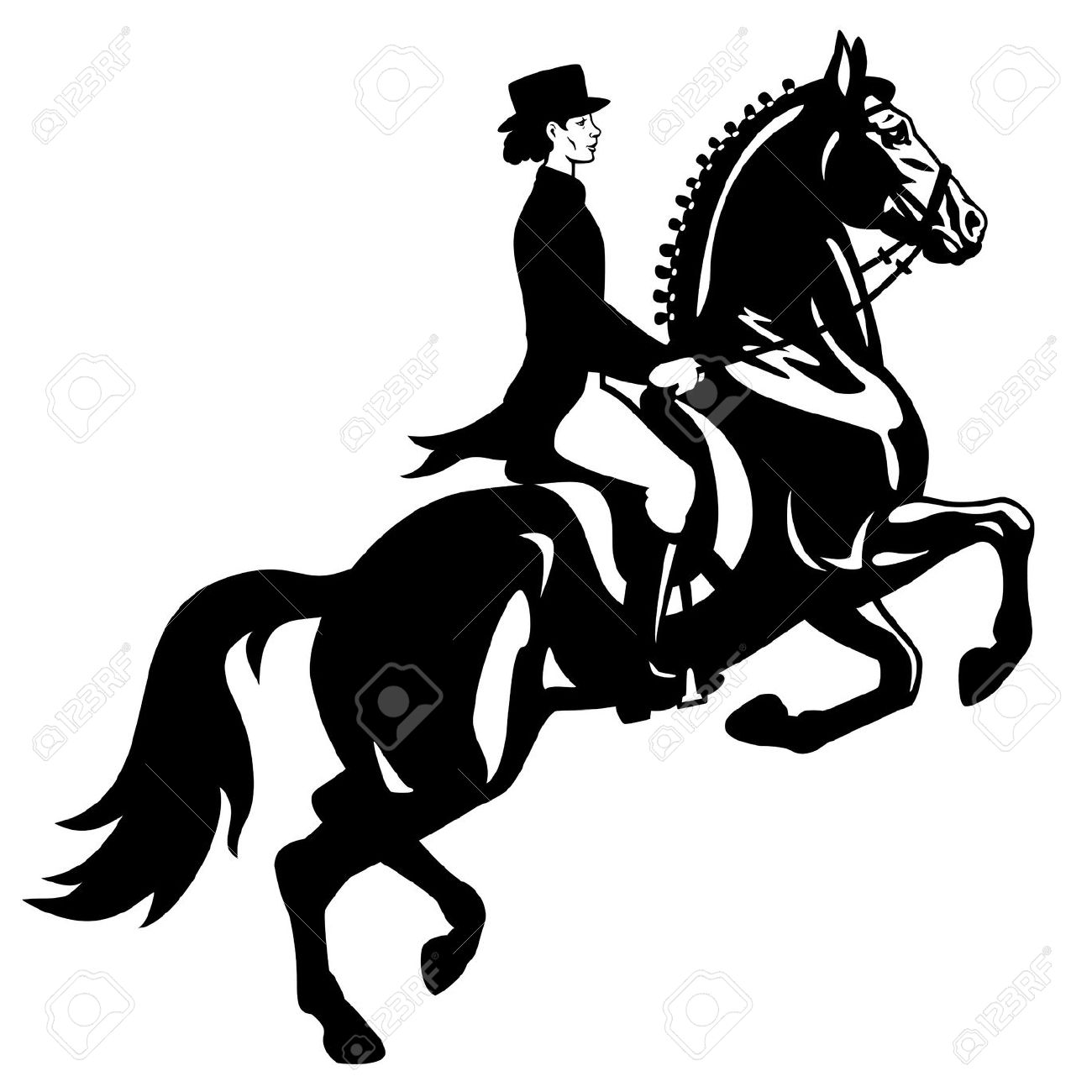Stamp: Addis Ababa City Monuments 2nd series (Ethiopia 2012)
Addis Ababa City Monuments 2nd series (Ethiopia 2012)
30 June (Ethiopia ) within release Addis Ababa City Monuments 2nd series goes into circulation Stamp Addis Ababa City Monuments 2nd series face value 2 Ethiopian birr
| Stamp Addis Ababa City Monuments 2nd series in catalogues | |
|---|---|
| Michel: | Mi:ET 1910 |
| Stamp Number: | Sn:ET 1774 |
| WADP Numbering System - WNS: | WAD:ET008.12 |
Stamp is vertical format.
Also in the issue Addis Ababa City Monuments 2nd series:
- Stamp - Addis Ababa City Monuments 2nd series face value 40;
- Stamp - Addis Ababa City Monuments 2nd series face value 60;
- Stamp - Addis Ababa City Monuments 2nd series face value 1;
- Stamp - Addis Ababa City Monuments 2nd series face value 2;
Stamp Addis Ababa City Monuments 2nd series it reflects the thematic directions:
Stemming from military practices and a long tradition of teaching by equestrians such as La Guérinière and François Baucher, traditional French equestrianism is essentially represented at the Cadre Noir de Saumur. The practice of equestrianism has evolved towards sport and leisure, opening up to the general public. At the end of the 20th century, the sport became much more democratic, with a sharp rise in the number of riders, particularly young people and women. The teaching of equestrianism as a leisure sport in France is based on the existence of over 8,000 riding schools, which make trained horses available to the public. Their establishment is supported by the French government thanks to a reduced VAT rate from 2004 to 2013. At the end of 2013, riders and industry professionals protested against the increase in VAT on their activity.
The horse (Equus ferus caballus) is one of two extant subspecies of Equus ferus. It is an odd-toed ungulate mammal belonging to the taxonomic family Equidae. The horse has evolved over the past 45 to 55 million years from a small multi-toed creature, Eohippus, into the large, single-toed animal of today. Humans began to domesticate horses around 4000 BC, and their domestication is believed to have been widespread by 3000 BC. Horses in the subspecies caballus are domesticated, although some domesticated populations live in the wild as feral horses. These feral populations are not true wild horses, as this term is used to describe horses that have never been domesticated, such as the endangered Przewalski's horse, a separate subspecies, and the only remaining true wild horse. There is an extensive, specialized vocabulary used to describe equine-related concepts, covering everything from anatomy to life stages, size, colors, markings, breeds, locomotion, and behavior.
A monument is a type of structure that was explicitly created to commemorate a person or event, or which has become relevant to a social group as a part of their remembrance of historic times or cultural heritage, due to its artistic, historical, political, technical or architectural importance. Examples of monuments include statues, (war) memorials, historical buildings, archaeological sites, and cultural assets. If there is a public interest in its preservation, a monument can for example be listed as a UNESCO World Heritage Site. The Palgrave Encyclopedia of Cultural Heritage and Conflict gives the next definition of monument:
A statue is a free-standing sculpture in which the realistic, full-length figures of persons or animals are carved or cast in a durable material such as wood, metal or stone. Typical statues are life-sized or close to life-size. A sculpture that represents persons or animals in full figure, but that is small enough to lift and carry is a statuette or figurine, whilst those that are more than twice life-size are regarded as colossal statues.




